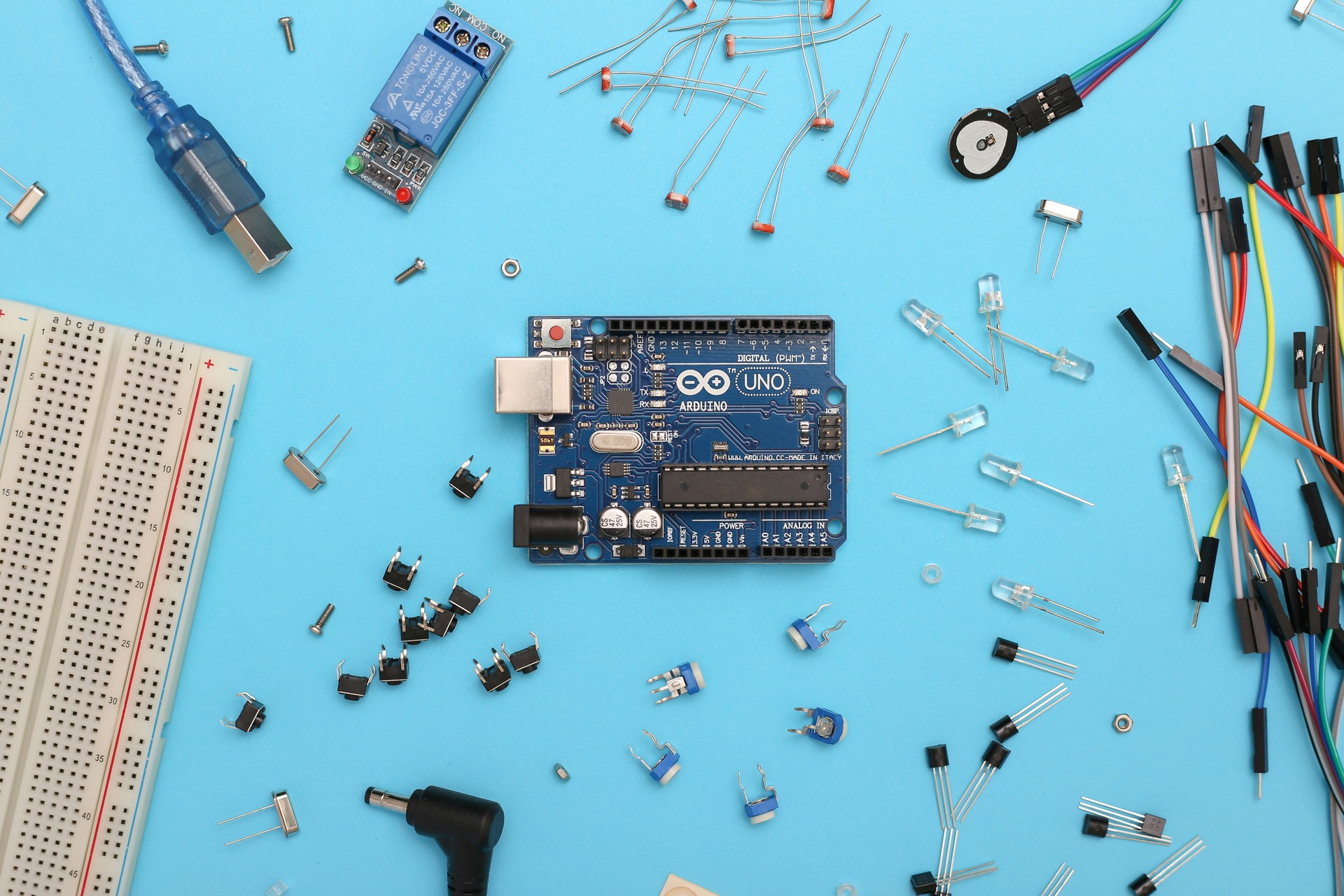You’re working on a big presentation when a sudden pinch between your neck and bicep makes you wince. You heft your purse up and your upper limb starts singing “Hail Mary” in foreign tongues. What’s with this shoulder pain? Mouse shoulder.
If you work on a computer regularly, you may suffer mouse shoulder. At the risk of making a bad pun, this condition sounds “humerus.” But left untreated, it can steal your joy and impede your daily activities.
What Is Mouse Shoulder? What Causes It?
Mouse shoulder refers to inflammation of the joint and surrounding muscle tissue. This body part consists of several bones and tendons with unique features. It’s one of only a few ball-in-socket joints that allows for a nearly full range of motion impeded primarily by your torso and head.
Your humerus is the large bone that fits into your clavicle, which, along with the scapula, provides the socket. These bones are surrounded by ligaments and labrum — firm but flexible tissues that stabilize the joint. Your muscles allow you to elevate your arms over your head to spike a volleyball or catch a bridal bouquet.
Mouse shoulder stems from repetitive overuse. You expect major league baseball pitchers to develop these types of injuries from chucking 95-mph fastballs. But you can injure this body part during activities of daily living as well — including during prolonged computer use.
More professionals today work remotely than ever before. Even health care providers employ telecommuting options to treat rural community members and expand access to services. Others commute to a traditional office but spend hours clicking away all the same.
Look at how you typically hold your mouse. Is your hand relaxed with your wrist supported by your desk? Or do you stretch out to the side? If you do the latter, the muscles surrounding your shoulder tighten to deal with the strain.
Imagine doing a biceps curl with a 1-pound dumbbell. Stop halfway up and hold it. Sounds like a piece of cake, right? Now maintain that pose for eight hours.
Mouse shoulder creates the same level of pain and overuse. And you subject yourself to this day after day. Over time, your muscles wear out. You can develop conditions like osteoarthritis or bursitis. You may begin finding work agonizing, leading to a host of other problems like depression and lost income.
How Can You Treat It?
Giving your shoulder a break helps. But if you’re one of many Americans who receive no paid leave from your employer, affording a vacation proves problematic. How can you remedy the pain while still grinding hard?
Give some of the following techniques a try.
- Adjust your position: Move your hand closer to your body instead of extending it out to the side. Rest your arm at your desk from your elbow forward to take the pressure off your strained joints.
- Take breaks throughout the workday: Step away from the screen now and then. This doesn’t need to mean leaving your desk, but rather resting your arm. Tune in to a productivity podcast or YouTube video to keep your mind engaged while you alleviate pressure.
- Perform stretching exercises: Set an alarm or use a phone app to remind you to stretch every hour. Drop your right ear toward your right shoulder. Extend your left arm out to feel a stretch down the side of your neck and shoulder. Cross one arm over your chest, holding above the elbow, to relieve tension. Roll your shoulders slowly forward and back.
- Invest in a backpack: Hefting an overloaded purse or briefcase with the same arm daily also contributes to mouse shoulder. Instead, invest in a backpack. This evenly distributes the weight between your blades instead of listing you to port.
Recovering From Mouse Shoulder
Mouse shoulder is an unfortunate result of modern life. However, by adjusting your posture while you work and giving yourself breaks, you can alleviate your suffering.
Recent Stories
Follow Us On
Get the latest tech stories and news in seconds!
Sign up for our newsletter below to receive updates about technology trends




